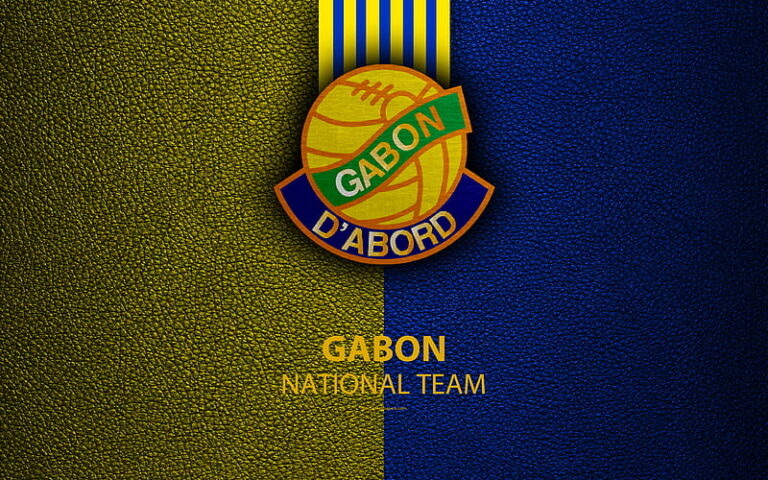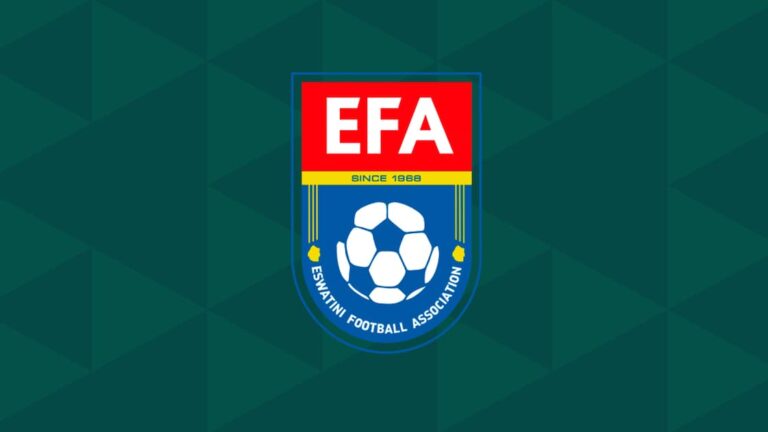
Ronaldo de Lima
Ronaldo de Lima, often simply known as Ronaldo, is one of the most revered figures in football history. His journey through various clubs, including his iconic stint at Real Madrid, has been marred by struggles yet illuminated by brilliance. This blog post delves into the complexities of Ronaldo’s time at Real Madrid—an era that some may regard as overshadowed by other Galácticos but which is rich with memorable moments, challenges, and lasting impacts on the club https://mm88.nl/.
Ronaldo de Lima and Real Madrid A Legendary Chapter
Ronaldo de Lima joined Real Madrid at a time when the club was transitioning into the Galácticos era—a term coined to describe the strategy of signing star players to elevate the club’s brand and performance on the pitch. The arrival of Ronaldo was significant not just for the club, but for footballing culture as a whole. As a player who had already achieved immense success before joining Los Blancos, expectations were sky-high.
The Galácticos concept centered around assembling a dream team consisting of world-class talents, and Ronaldo was undoubtedly one of its brightest stars. His unique blend of speed, skill, and power made him an icon, drawing attention that few could match. However, the reality of his time at Real Madrid would reveal a story of both triumph and tribulation.
The Arrival of Ronaldo de Lima at Real Madrid
The buzz surrounding Ronaldo’s transfer to Real Madrid was palpable. Having established himself as one of the premier forwards in the world during his previous spells at Barcelona and Inter Milan, his move to Madrid was seen as a major coup.
Transfer Details and Expectations
In the summer of 2002, Ronaldo signed with Real Madrid after the club activated a buyout clause in his contract with Inter Milan, reportedly costing around €46 million. The transfer marked yet another ambitious chapter in Florentino Pérez’s project to create a super team that would dominate both domestically and in Europe.
Ronaldo arrived with enormous expectations; fans anticipated a forward capable of leading the line and delivering trophies. Unlike many transfers, which can feel transactional, Ronaldo’s signing felt like a statement—a proclamation that Real Madrid was once again in pursuit of greatness. His prior accolades included winning the FIFA World Cup in 2002 with Brazil, where he famously netted two goals in the final against Germany, further amplifying the excitement around his arrival.
His Debut and First Impressions
Ronaldo made his official debut for Real Madrid on September 1, 2002, in a La Liga match against Alavés. Although he didn’t score in that game, it was clear from the outset that he possessed an aura that captivated teammates and fans alike. He showcased flashes of his extraordinary talent, dribbling past defenders and demonstrating his eye for goal. Over the course of the season, Ronaldo scored his first hat-trick for the club in a thrilling encounter against Deportivo La Coruña, leaving a profound first impression.
However, it wasn’t just about the goals; it was about how he transformed the attacking dynamics of the team. With Ronaldo in the lineup, defenders were stretched thin and forced to adapt to a player whose style combined finesse with raw power. His presence alone elevated the tactical setup of the squad, instilling belief in his teammates and creating opportunities for others.
Ronaldo’s Impact on Real Madrid
Ronaldo didn’t just come to Real Madrid to fill a spot on the roster; he intended to leave an indelible mark on the club’s legacy.
Key Performances and Statistics
During his time at Real Madrid, Ronaldo recorded impressive statistics that emphasized his prowess as a forward. In his first season, he scored 23 goals in La Liga and finished as the league’s top scorer, proving to be the talisman the club so desperately needed.
His influence extended beyond mere numbers. Ronaldo showcased his ability to perform in high-pressure situations, scoring key goals in critical matches. Whether it was dispatching rivals in El Clásico or netting vital strikes in UEFA Champions League fixtures, Ronaldo was a consistent performer. This knack for delivering when it mattered most contributed to his status as a legend at the club.
His Role in the Galácticos Era
As part of the Galácticos project, Ronaldo’s role transcended his position on the field. He became a symbol of a new vision for Real Madrid, representing both their ambition and desire to be the best. Alongside fellow stars such as David Beckham, Zinedine Zidane, and Luis Figo, Ronaldo formed a formidable attacking unit that captivated audiences worldwide.
This era was defined not just by individual brilliance but by the synergy between these elite players. Ronaldo’s movement off the ball created space for others, while his capacity to attract defenders allowed teammates to exploit gaps in opposition defenses. It was a tactical evolution that helped redefine attacking football for years to come.
Memorable Goals and Moments
Throughout his tenure at Real Madrid, Ronaldo produced countless unforgettable moments that etched his name into the hearts of fans. Perhaps one of the most iconic games was the 4-2 victory over Atlético Madrid, where Ronaldo scored a stunning brace, displaying his trademark combination of strength and finesse.
Additionally, his late equalizer against Manchester United in the Champions League demonstrated his ability to rise to the occasion. The sheer joy and celebration following those goals mirrored the happiness of a fanbase eager for success. Ronaldo embodied what it meant to wear the white jersey, and his performances resonated deeply with supporters.
Challenges and Setbacks
While Ronaldo’s time at Real Madrid is often romanticized, it certainly wasn’t without its challenges.
Injuries and Struggles During His Time at Real Madrid
Injuries plagued Ronaldo de Lima throughout his career, and his spell at Real Madrid was no different. After suffering a serious knee injury in 2000, Ronaldo struggled to regain his peak form. Despite showing glimpses of his brilliance, his physical setbacks affected his consistency and longevity at the club. These injuries often sidelined him during crucial periods, leading to frustrations among fans and management alike.
Moreover, the nature of the Galácticos formation itself posed difficulties. The competition for playing time was intense, and the pressure to perform was unrelenting. Each player brought their own expectations and desires, causing tactical conflicts that sometimes hindered Ronaldo’s effectiveness on the pitch.
Tactical Fit and Competition Within the Squad
As Ronaldo de Lima sought glory with its star-studded lineup, Ronaldo’s positioning within that system often led to debates about his best role. Did he play as a central striker, or could he operate effectively on the wing? These questions arose as managers experimented with formations, trying to find the right balance between all the attacking talents at their disposal.



